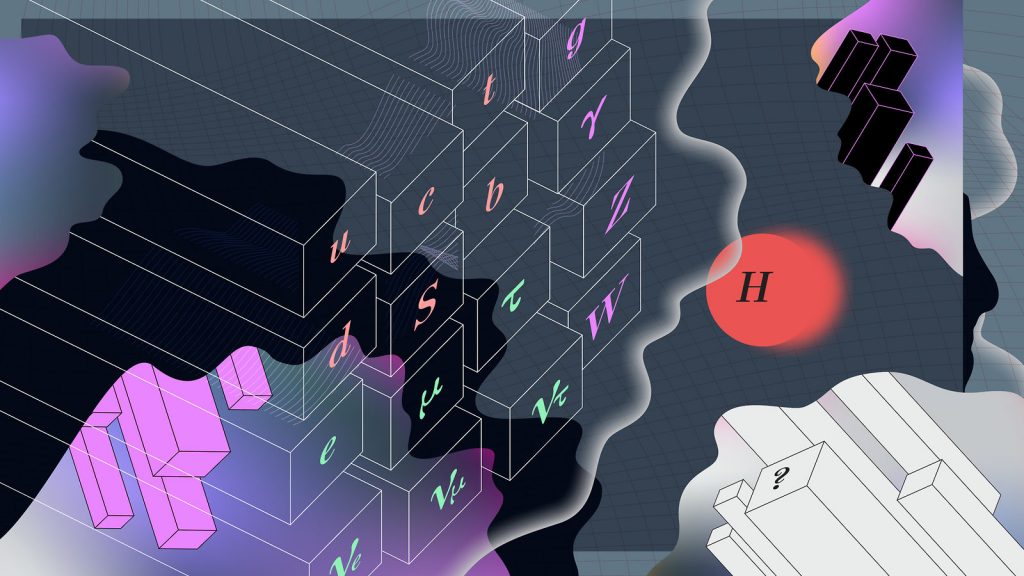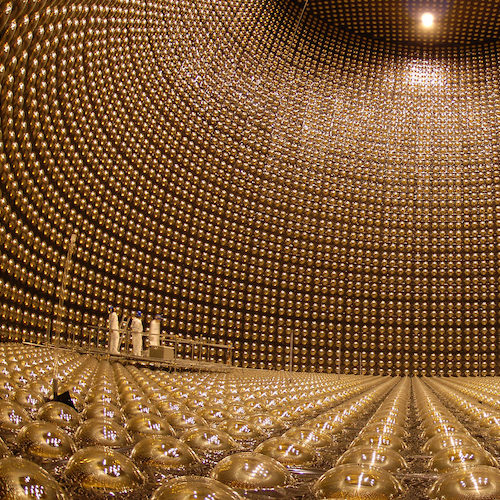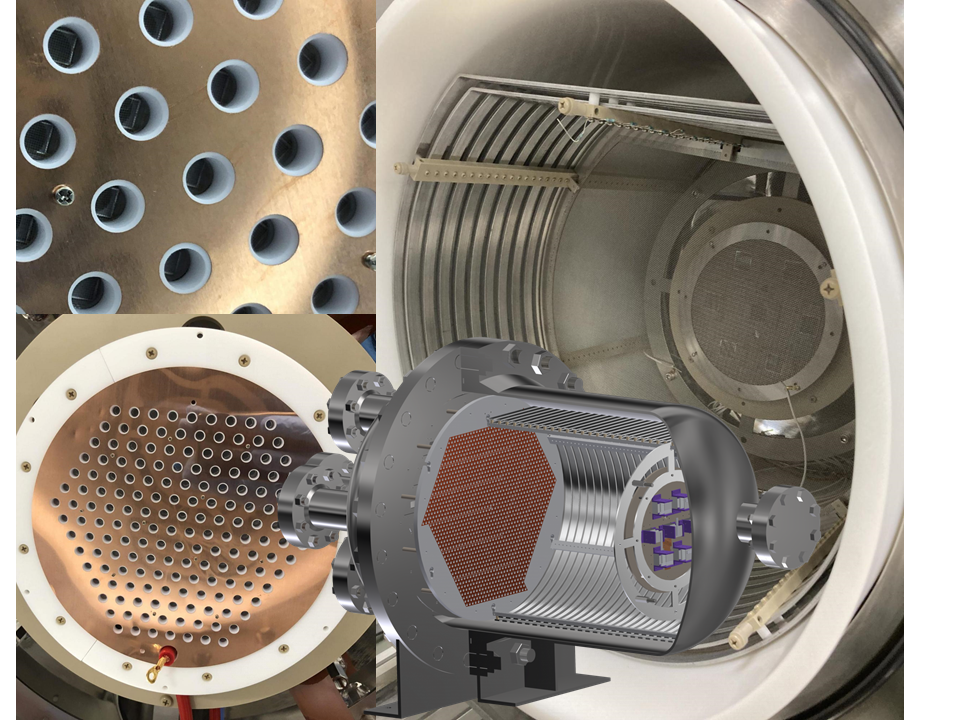Welcome to the High Energy Physics Group
In this research group, we are studying the interactions between elementary particles, which are the smallest constituents of matter, using accelerator experiments.

We do not yet understand the following aspects of the world of elementary particles.
- The smallest constituents of matters
- Are they lepton and quarks?
- Why do fermions come in pairs e.g. (u,d), (e,νe)? Why are there three generations?
- Why do they possess masses with different orders of magnitude?
- Why are neutrinos significantly lighter than other particles?
- Is the neutrino a Dirac particle, possessing antiparticles like electrons and quarks? Or is it a Majorana particle, meaning it is its own antiparticle?
- While it’s acceptable that the mass eigenstates of the pairs (u,d) and (e,νe) don’t match, what is the profound reason behind the peculiar structure of their mixing ratios?
- Forces (Interactions)
- Why are there four fundamental forces?
- How can gravity and quantum mechanics be reconciled?
- Why are there electroweak and strong interactions which follow U(1) ×SU(2)LxSU(3) gauge symmetry?
- When electroweak interaction breaks into electromagnetic and weak interactions, why did the strength e of electromagnetic interaction acquire its current value?
- Is it the case that electroweak interaction and strong interaction are unified as a single interaction with the same coupling constants at high energies?
- Why is the Higgs particle, which appears in electroweak interactions and gives mass to particles, unnaturally light?
- Why is the charge-parity (CP) symmetry not broken in strong interactions?
- The constituents of the universe.
- What is the inflaton that gave rise to inflation?
- How did antimatter disappear in the early universe?
- What is dark matter, which is believed to constitute five times more mass than quarks and leptons in the universe?
- What is dark energy, which is causing the acceleration of the universe’s expansion?
- Why is dark energy particularly small?
In the future, as research progresses, even more mysteries may emerge.
We are striving to obtain clues to unravel these mysteries through experimentation.
Research Projects in this Lab
Student Activities
High energy physics experiments involve creating unique detectors to collect data. Data analysis employs cutting-edge techniques such as big data analysis, grid computing, and machine learning. Therefore, the research encompasses a wide range of areas, including detector development, analysis software development, and the physical analysis of experimental data.
Students assigned to the this lab will learn about particle physics and the fundamentals of detectors through seminars. They then conduct research in the field they find interesting. Instead of being taught, they engage in research as responsible leaders of specific themes.
You can view the thesis and presentation materials for various academic conferences through the following link.
Glossaries
Standard Model:A comprehensive system of theories that explains the particles and their interactions in the universe. It is based on the gauge theory describing three interactions and the spontaneous breaking of symmetry through the Higgs mechanism. It has been a highly successful theory, providing a consistent explanation for experimental facts.
Dark Matter:Mysterious matter that is believed to constitute 30% of the entire universe. Its existence is certain from cosmic observations, but within the framework of the standard model, there is no candidate particle. It is hypothesized to be formed by unknown particles, and numerous experiments have been conducted to explore it, yet its discovery has not been achieved.
Positron:The antiparticle of the electron. It carries the opposite charge (+) to the electron, but most of its other properties, such as mass, are nearly identical. It doesn’t exist naturally in the natural world, but it can be produced in pairs with electrons from high-energy photons. Conversely, by colliding with electrons, it is possible to generate high-energy photons, and experiments are conducted using this property.


